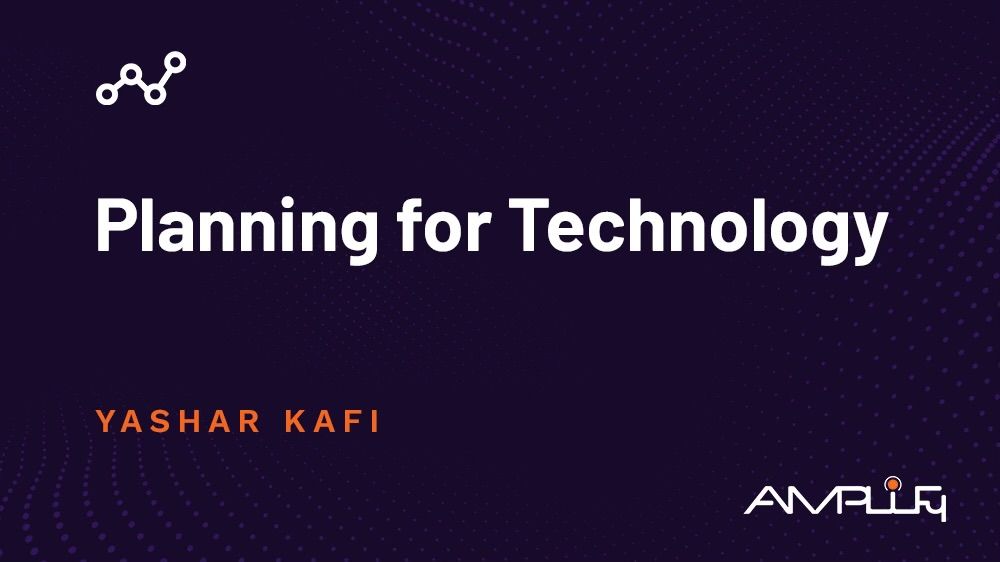Planning for Technology
Consider this scenario: Your organization has an antiquated cybersecurity system with little-to-no IT support. For the last two end-of-year reviews, your executive team has discussed investing in new protection software, but the final decision has been pushed off each time. Recently, your company experienced a breach in your software; in reviewing the attack, your IT team determined that no information was compromised. However, your executive team is concerned. Your organization immediately goes out and hires a third-party vendor who installs a new cybersecurity system without consulting your IT team. The question your organization faces: Was this good process?
If we have learned anything from consulting for businesses at Amplify, it is that throwing resources at technology is rarely a solution to any problem. In fact, it often leads to burning good money after bad. Despite the vital impact that technological solutions can have on your business, technology cannot fix every organizational issue you face. That is because just as there is no one-size, fits-all approach to your business, there is no single technology solution to solve every one of your challenges. What you need is the
best fitting technology for your organization.
Prior to implementing new technology, there is a checklist that every business should reference: Do you have the proper plan, prioritization requirements, process and leadership support? Reviewing this checklist will allow you to think about your organizational growth as well as the organizational talent that can help shepherd the implementation. The goal is to choose the solution that is capable of growing and adapting with your company while
simultaneously supporting your strategic objectives.
One way to meet the needs of your technology implementation is through the process of strategic sourcing. The first step to optimizing your implementation is to understand the benchmarks of your current sourcing operations against the rest of your industry. Not only does this allow you to identify key performance gaps, but it also helps you to align your business objectives with your business technologies. This means that you have a fast and reliable way to recognize whether you are getting the most out of your current strategic partnerships.
Another important way is through vendor management. One critical difficulty of finding the right vendor for your technology transformation is the time and resources your organization has already devoted to running your enterprise. This is another instance wherein working with a reliable consultant can aid your business. By working with consultants who have trusted technology vendor connections, you can better ensure that a vendor is the right fit for your business. Additional benefits include third-party risk management as well as contract management to protect your organization.
While there is no questioning that technology is a critical organizational tool, it does not solve every problem. We know that applications can provide the technology enablement of process as well as process automation, so the best implementation processes start with identifying the problems that need solved. If you can invest in good process, your organization is far more likely to experience a successful implementation—and a much better experience with your technology solutions.
If you are looking to discover the right process for your next technology implementation,
now is the time to contact us.
Recent Posts


Recent Posts


Our success comes from our agility and ability to respond to any scenario at any given moment, making this a partnership you know you can trust.
CONTACT US
AMPLIFY
Make positive change that actually matters - that’s our aspiration for every new project or program we immerse ourselves in. Focusing on structure, process, and unique perspectives to accelerate our clients’ business, we seamlessly join and partner with you to execute and deliver on your most critical and impactful initiatives.


